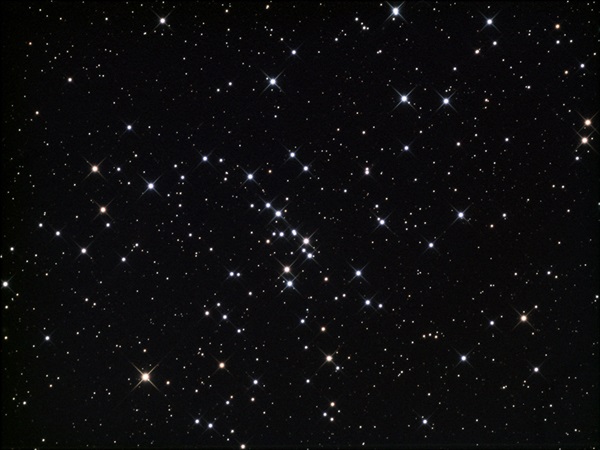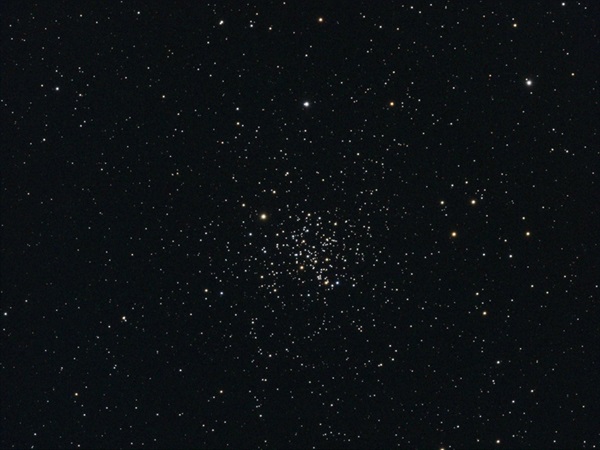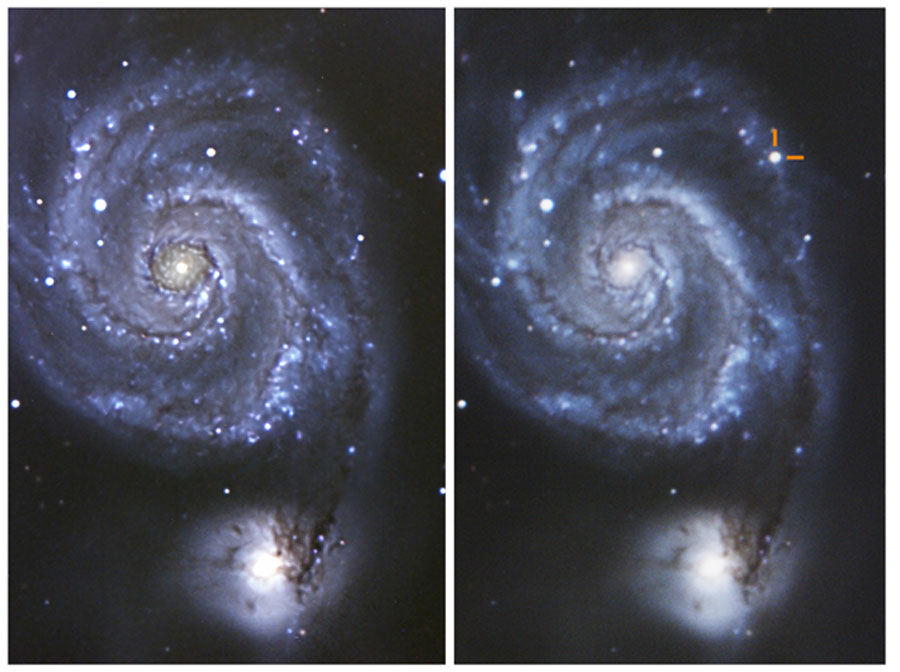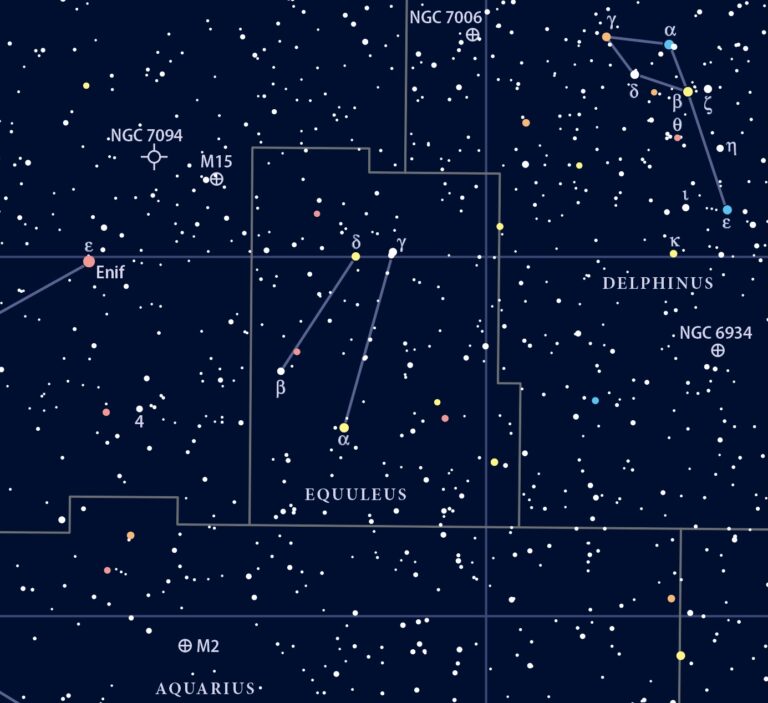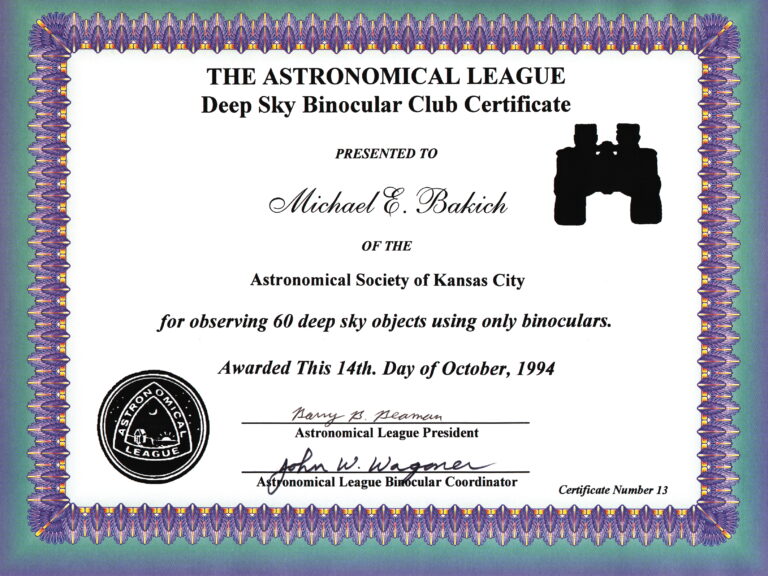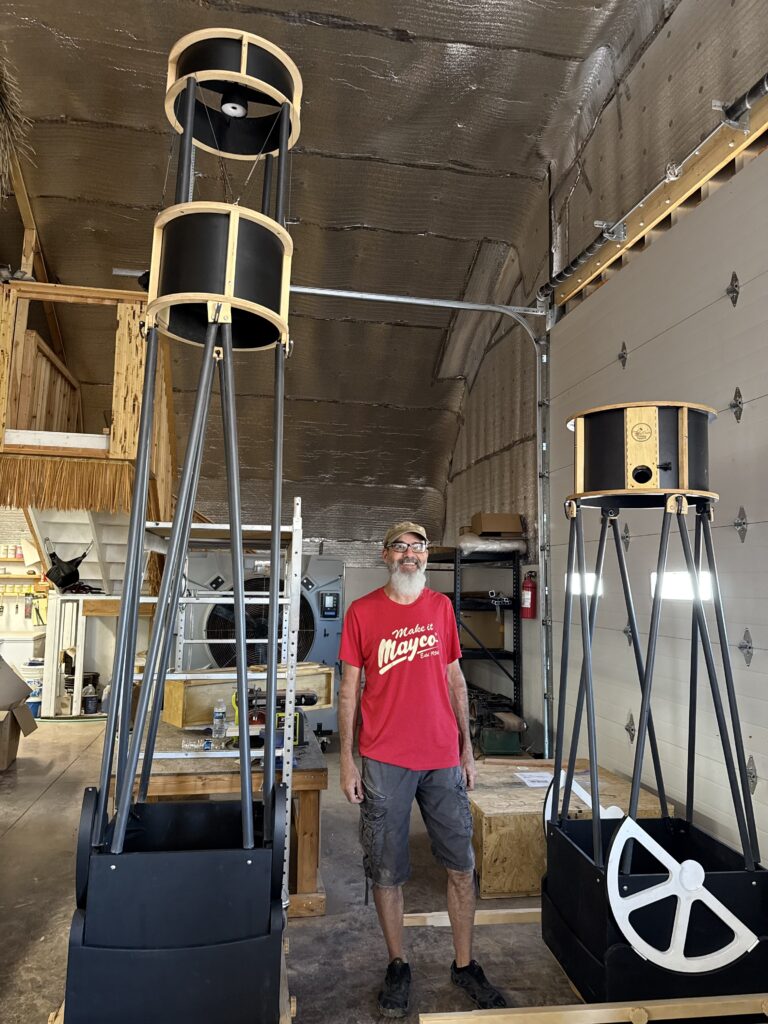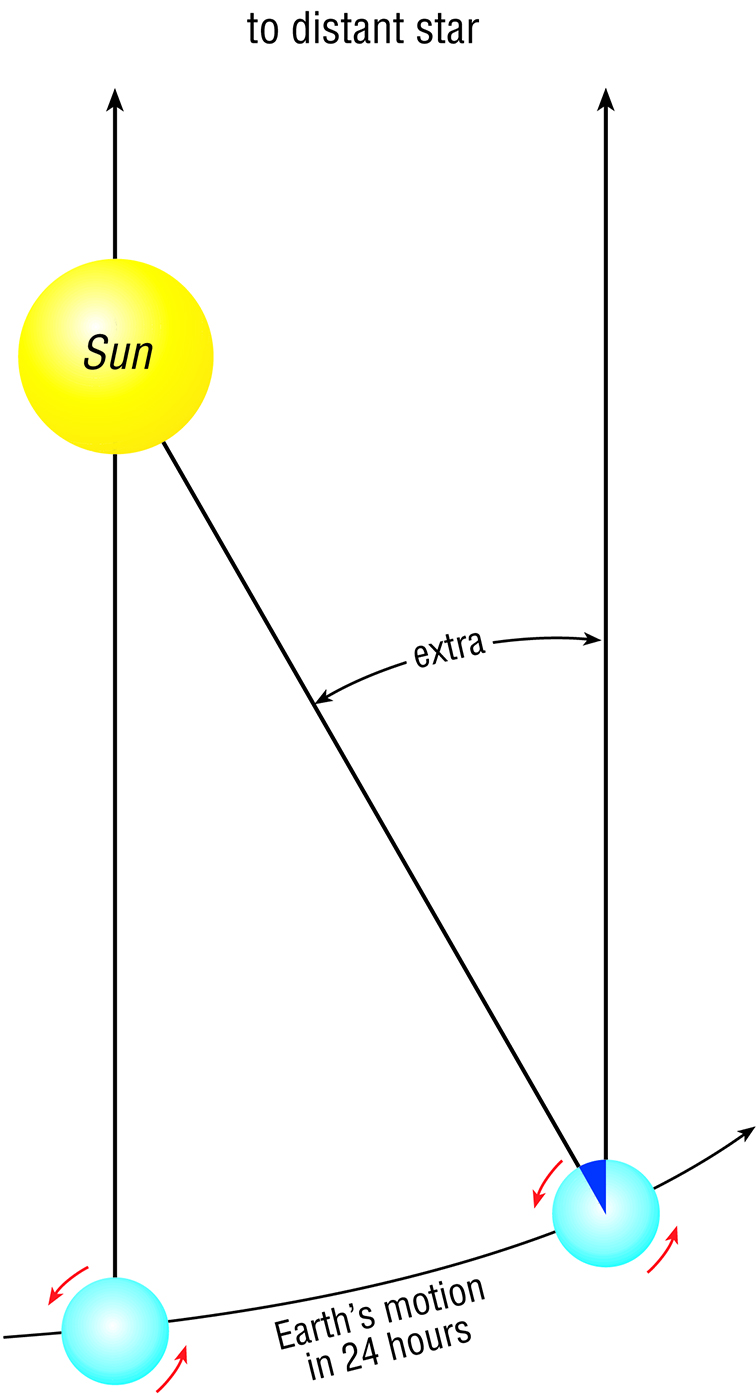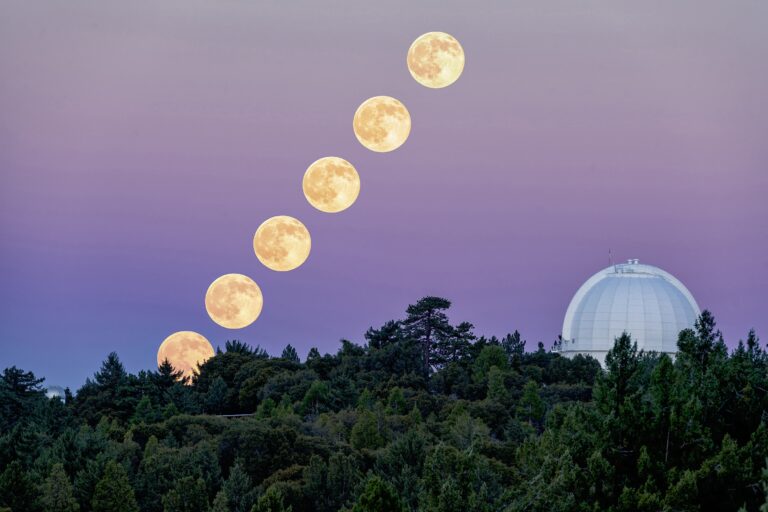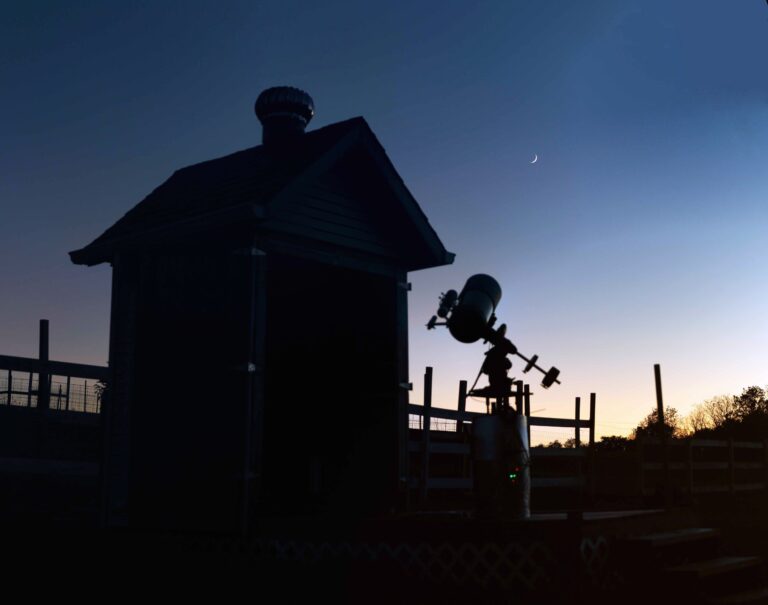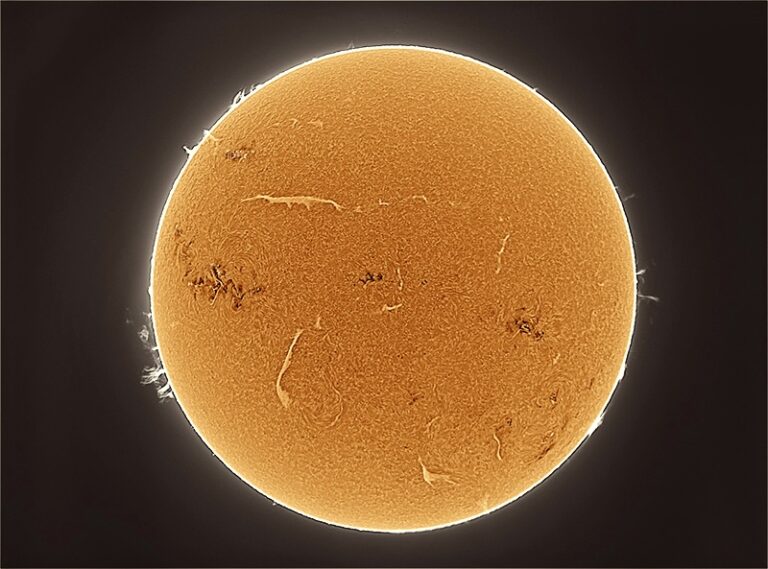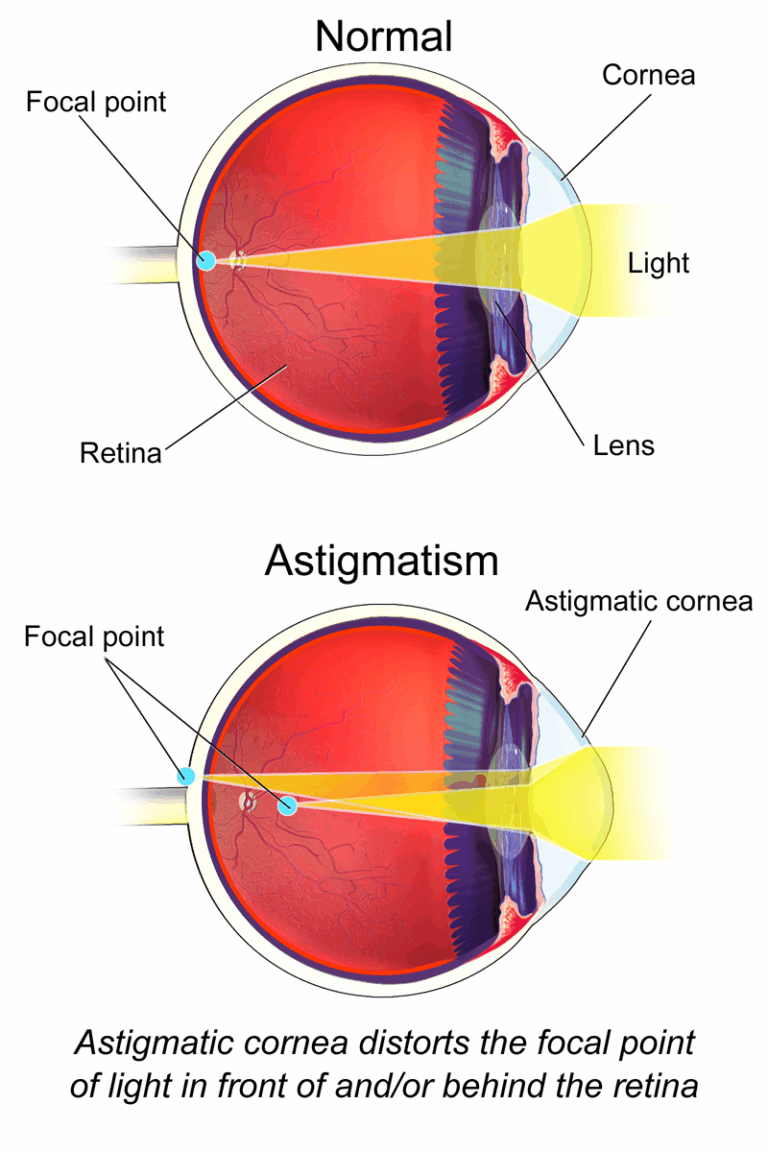Key Takeaways:
- The article details several springtime binocular targets, including open clusters (M48, M67, M44), the double star system Alcor and Mizar, and several galaxies (M81, M82, M51, M104).
- Specific instructions for locating these celestial objects using prominent stars as reference points are provided, employing constellations like Hydra, Cancer, Ursa Major, Boötes, and Corvus.
- The article highlights the varying appearances of these objects through binoculars, from resolved stars in clusters to diffuse glows of galaxies, noting the required magnification for optimal viewing in some cases.
- Globular cluster M3 and the Coma Berenices Star Cluster are also mentioned as springtime observation targets, with descriptions of their visual characteristics through binoculars.
As overnight temperatures begin to warm north of the equator, our evening window slowly closes on the winter Milky Way and opens toward the depths of intergalactic space. Indeed, spring gives us a taste of a wide range of binocular targets both near and far.
Next, scan slowly back and forth halfway between Arcturus (Alpha Boötis) and Cor Caroli (Alpha Canum Venaticorum) until you spot a right triangle of dim stars pointing southeast. Look carefully and you’ll discover the point marking the right angle is not a star at all. It’s M3, spring’s premier globular cluster. Although binoculars cannot resolve any of the cluster’s hundreds of thousands of stars, it’s still a fun object to observe.
Focus now on the seemingly empty area bounded by the Big Dipper to the north, Leo to the west, and Boötes to the east. Under a dark sky, your eyes will detect a faint mist floating among the dim stars that light the region. According to legend, that’s the hair of Queen Berenice of Cyrene. We know it today as the Coma Berenices Star Cluster. Binoculars immediately resolve the Queen’s locks into several dozen stars, with the brightest forming a pattern resembling the lower-case Greek letter Lambda (λ).
Finally, point your binoculars toward magnitude 2.6 Gienah (Gamma [γ] Corvi), the northwestern star in Corvus the Crow’s trapezoidal frame. Just to its north, a 6th-magnitude star is the first in a line of five that extends to the northeast. Together with a small triangle of stars beyond the line’s end, they form an obvious arrow-shaped asterism. The arrow points toward a small knot of faint stars and, just beyond, to M104, the Sombrero Galaxy.
Most binoculars reveal a tiny oval disk punctuated by a brighter core. The dark band that slices across the Sombrero’s brim — and which every image of M104 shows — will only reveal itself through 20×80 and larger binoculars.
These are just a few of my favorite springtime binocular treats. On the next clear night, head outside and see how many you can find. You’ll soon know why I always say that, when it comes to stargazing, two eyes are better than one.

